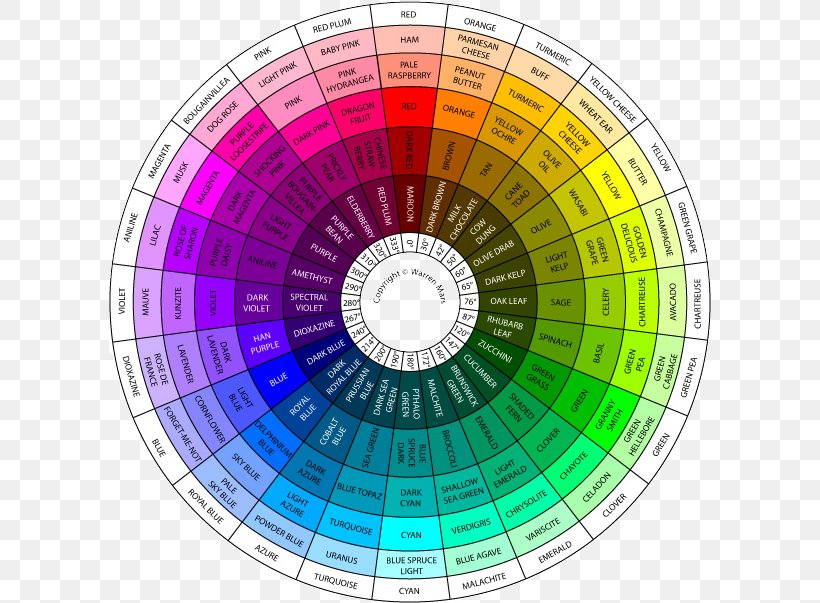Table Of Content

This site helps web designers but is also an excellent tool for home decorators. If choosing colors in interior designs feels daunting or confusing, here's our cheatsheet on how to use the color wheel and pair colors like a pro. Remember to seek balance and harmony in your design by carefully considering factors such as color intensity, proportions, textures, patterns, and the use of negative space. Building a cohesive and visually appealing space involves thoughtful consideration of these elements while allowing your personal style and preferences to shine through.
Achromatic colors
Remember, the goal is to create a space that reflects your personal style and meets your needs. So, don’t be afraid to experiment, play around with different hues and balances, and most importantly, have fun with it! After all, interior design is as much an art as it is a science. To tone down the blue and orange color scheme, make one of your colors paler or darker to soften the impact. For example, use bright blue with a faded pastel orange or a bright orange with a dark navy blue. For example, blue and orange are complementary colors but might seem too intense and overwhelming when used in the brightest varieties.
Warm tones.
These are variations of colors that can dramatically affect the mood and feel of your design.Let’s start with tints. This lightens the color, often resulting in a softer, more delicate version. Picture a sky-blue wall in a nursery or a pastel pink throw pillow on a couch. These are examples of tints, and they can create a light, airy feel in a room.Next, we have shades.
How to use a color wheel to create a color scheme?
The right color choices can evoke emotions, create specific atmospheres, and enhance the overall aesthetic appeal of a room. However, navigating the world of colors can be overwhelming without a proper guide. When it comes to home design, understanding color theory helps with color harmonization. It becomes imperative to choose the right colors as the hues can influence moods, add to the ambiance, and affect how a person feels.
By incorporating different tints, shades, and tones of the chosen color, you can create a space that’s harmonious and visually interesting. Imagine a room with walls painted in a soft sky blue, a mid-blue sofa, and dark blue curtains. Complementary colors are colors that are opposite each other on the color wheel.
Color Theory Basics: How To Use Color Theory in Interior Design?
These colors live in between the primary colors that mix to make them. Remember that there is no right or wrong color scheme — it all depends on your style, the mood you want to create, and what makes you feel happy and inspired. Remember to use triadic colors strategically, considering the overall mood and atmosphere you want to create in your space.
The Impact of Color on Mood
Split complementary colors can be applied to various aspects of interior design, such as wall paint, furniture upholstery, accessories, or artwork selection. By incorporating these color combinations, you can create a visually captivating and harmonious space that is sure to make a statement. Using complementary colors in interior design requires careful considerations of the color intensity, lighting, and the overall mood you want to achieve. While complementary colors create a visually striking contrast, it’s important to maintain a sense of harmony and balance in your design. Complementary colors are pairs of colors that lie directly opposite each other on the color wheel. These colors create a dynamic and visually striking contrast when used together.
Complementary Colors: A Comprehensive Guide to the Color Wheel and Interior Design
Using their shades, you get a reasonably saturated and at the same time balanced color range. So, next to yellow on the color wheel are yellow-green and yellow-orange. If we go along the sector from the center to the edge of the circle, then in this way, we can collect a palette of lighter (closer to the center) and darker (closer to the edge) tones. As a result, we get two possible combinations – three shades of yellow, one with green and the other with an orange undertone, or a triad of darker, lighter, and medium yellow tones. Ultimately, the goal is to create a space that not only looks visually stunning but also feels comfortable, inviting, and reflective of your unique personality.

A triadic color scheme is created by using three colors that are equally spaced on the color wheel. This color scheme is perfect for those who want to create a vibrant and energetic look. For example, a triadic color scheme in red, yellow, and blue can include red walls, a yellow sofa, and blue accent pillows. As the name suggests, this color scheme takes inspiration from nature.
What are Complementary Colors? (How to Use Them at Home) - Apartment Therapy
What are Complementary Colors? (How to Use Them at Home).
Posted: Mon, 25 Mar 2024 07:00:00 GMT [source]
Upload any photo as inspiration, and the tool will create a custom color palette with coordinating Sherwin-Williams paint colors. You can create an account and save your palettes for future use. While the idea is to find the perfect Sherwin-Williams paint color, you don't have to be married to using this brand's paint to enjoy playing with this fun tool. Warm-toned colors (reds, oranges, yellows, and pinks) can make a space feel warm, inviting, and cozy. However, too many warm tones in one area can make a room feel closed off.
According to color context, color has different meanings in various settings. Therefore, colors can evoke diverse feelings and emotions and have different implications in various contexts. With over a decade of expertise in the design realm, Kimberly is trained at the prestigious FIT in NYC, she excels in curating harmonious spaces with a keen focus on symmetry and function.

No comments:
Post a Comment